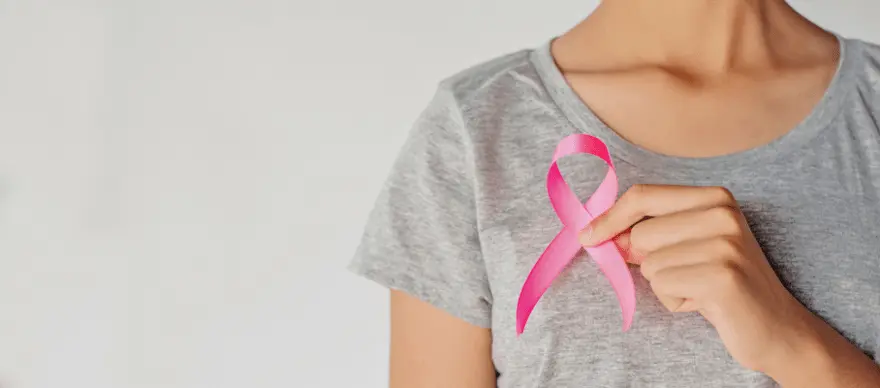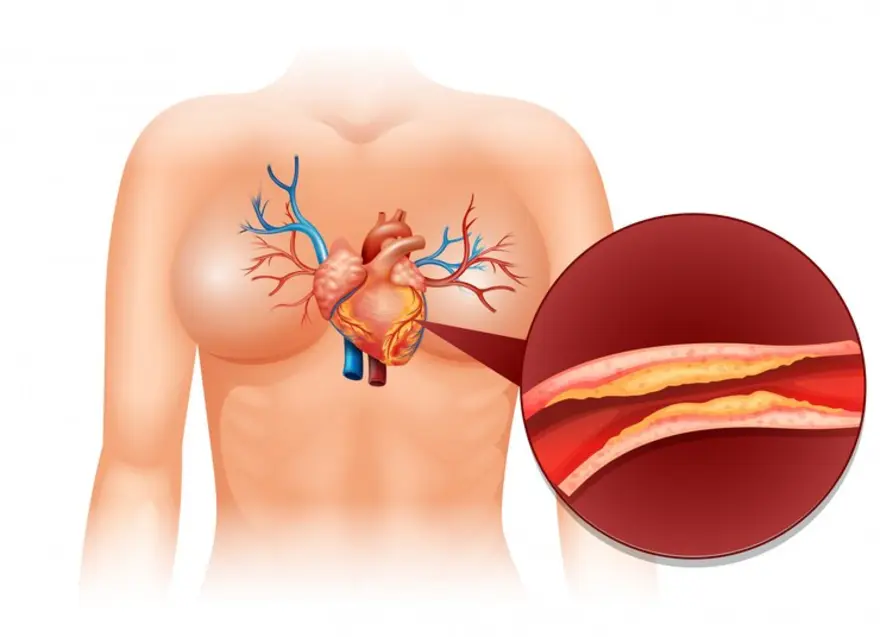mammogram results
When Should You Get a Mammogram for Breast Examination
What is a mammogram? A mammogram is an X-ray of the breast used by doctors as a screening tool for breast cancer and to detect abnormalities in breast tissue. A mammogram is considered a useful test to identify breast cancer early, even before symptoms develop. In a few cases up to three years before they can be felt or detected. This is called a screening mammogram. While a diagnostic mammogram is advised by a healthcare professional in case you develop any new symptom, such as a lump, pain, nipple discharge or breast skin changes. Breast cancer is the most prevalent cancer worldwide and is one of the leading causes of death in women. Although treatment approaches for breast cancer continue to improve, early diagnosis with the help of screening mammograms has significantly reduced the cancer-related deaths and impacted the survival rates of these patients. Please note that not all breast lumps are breast cancers. Your doctor can ask for specific tests to differentiate between a cancerous and a noncancerous mass. Why is a screening mammogram different from a diagnostic mammogram? A screening mammogram is a routine, in most cases done annually to check for signs of breast tissue abnormalities before you have symptoms. It typically includes at least two pictures of each breast taken at different angles, from top to bottom and from side to side. However, you can undergo a diagnostic mammogram if your screening mammogram detects an abnormal tissue in your breast. It includes extra views and utilizes additional imaging techniques which are supervised by the radiologist at the time of the study. Who all should undergo a mammogram? Various organizations such as American College of Obstetricians and the American College of Radiology, recommend an annual screening mammogram, starting at age of 40 years for all women with an average risk of developing breast cancer. The American Cancer Society recommends the following: Women with age 40 to 44 years should have the option to start annual breast cancer screening with mammograms. Women with age 45 to 54 years should undergo mammograms every year. Women who are 55 and older can choose to get mammograms every 2 years, or can continue yearly screening. Screening mammograms should be continued if a woman is in good health and is expected to live 10 more years or longer. All women should be aware with the benefits, limitations, and potential harms associated with breast cancer screening. Occasionally, males who are at high-risk of developing breast cancer because of their family history may also get screening mammography. However, about 1 out of 100 males develop breast cancer. Besides, your healthcare provider may ask you to take annual screening mammograms if you have any of the following risk factors: Family history of breast or ovarian cancer Personal history of breast cancer Inherited genetic mutations Certain noncancerous breast diseases such as atypical ductal hyperplasia or lobular neoplasia Dense breasts. How is a mammogram done? A mammogram is a special X-ray designed to check only breast tissues. You will stand in front of the machine and a technician will place your breast on a plastic plate Another plate, known as paddle will firmly press your breast from above which will flatten it, you might feel some pressure at this moment These two plates will hold the breast still while the X-ray is being taken The machine creates X-rays that pass through your breast to a detector located on the opposite side The detector transmits electronic signals to a computer to form a digital image These steps are repeated to capture side views of the breast for both breasts. How can you prepare yourself for a mammogram? Although getting a mammogram is not usually an uncomfortable procedure for most women, it takes only a few moments and any discomfort, if present gets over soon. You will be required to remove all clothing and jewellery from your waist up for the imaging procedure. Points to consider while scheduling your appointment for mammogram: If you have been recently vaccinated for COVID-19, and are due for a mammogram, ask your healthcare provider for how long you should wait after vaccination to get your mammogram done Avoid scheduling your mammogram the week before you get your period or during your period as your breasts may be tender during this time, which could make it uncomfortable Try to inform your doctor if you are breastfeeding, pregnant or suspected to be pregnant If you have breast implants, do not forget to mention it to your healthcare provider. There are certain guidelines that you are required to follow on the day of your mammogram: Follow your normal routine including regular medicines You should remember to not apply the following substances as they can appear as white spots on the image and will interfere with the accuracy of mammogram: Deodorants Body powders Perfumes Ointments or creams on your breasts or underarms. How safe are mammograms? Although mammograms expose your breasts to small amounts of radiation, its benefits outweigh any potential harm from the radiation exposure. Do you feel pain during mammograms? A mammogram experience can be different for different people. The level of discomfort that you feel depends on the following factors, such as: The size and density of your breasts The compression your breasts need while capturing the image If you are having or about to get on your period as your breasts may be more tender and sensitive to compression The skill of the radiology technician You will feel less discomfort if you are relaxed and position yourself in the best way for good images. What does the result of mammogram signify? If your mammogram is normal, continue to get mammograms according to recommended time intervals. Screening mammograms are most beneficial when a radiologist can compare them to your previous mammograms to analyse the changes in your breasts. If your mammogram is abnormal, and shows one or more suspicious regions, it does not necessarily mean that you have cancer. You will be advised to undergo additional mammogram views, other imaging tests including a breast ultrasound, or a breast biopsy. In nutshell, mammography is a fast and safe procedure. A mammogram can save your life as early detection of breast cancer reduces your risk of dying from the disease by 25-30% or more. Consult your doctor about your need for mammograms, so you can make sure to start screening as early as possible. When did you have your last health check up? Book one now.
 Home Visit
Home Visit Upload
Upload















 WhatsApp
WhatsApp